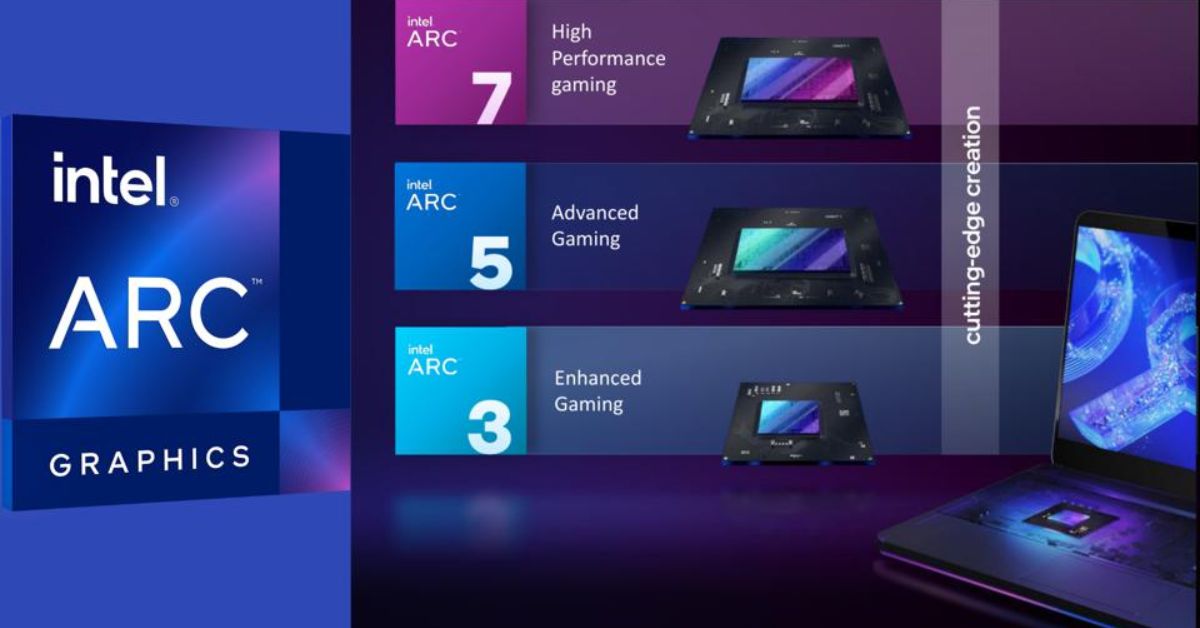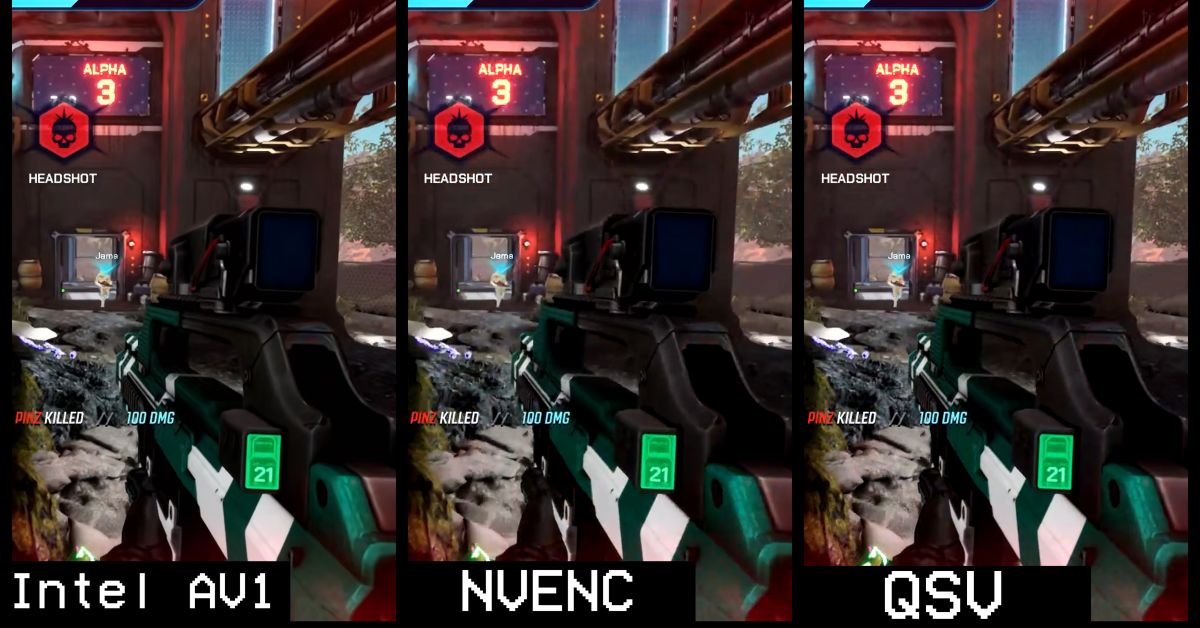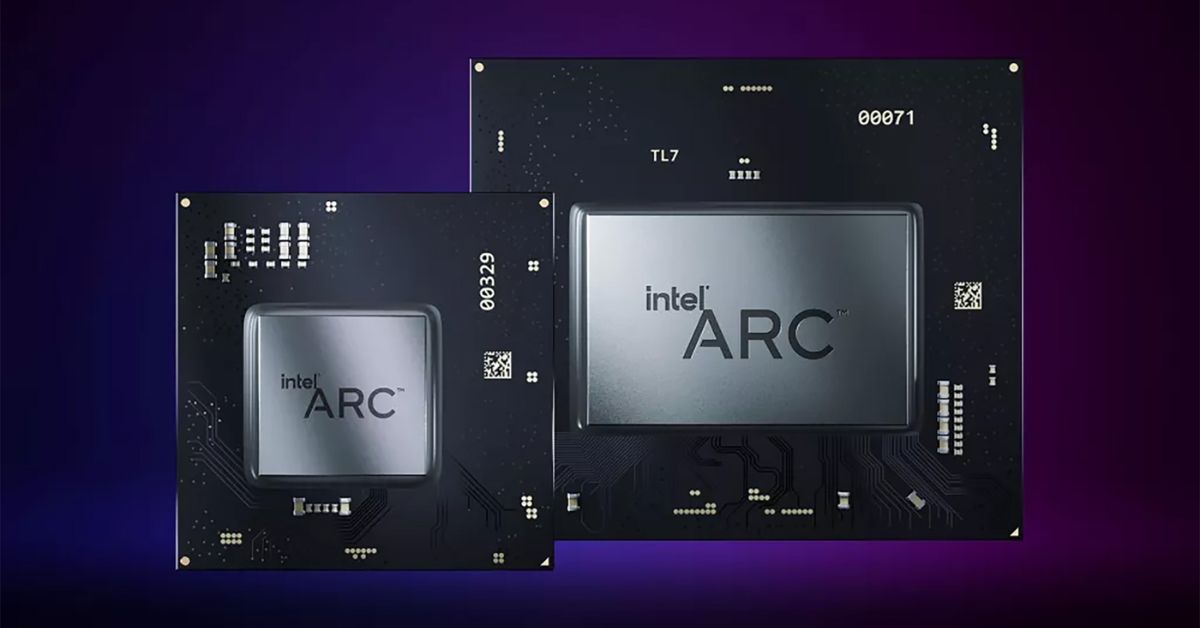It took Intel a long time to make their Arc 7 graphics cards. The wait was so long that most people stopped getting excited about Team Blue going up against Nvidia and AMD. Gamers wanted help because of widespread shortages and higher prices, but they didn’t get it. Why it is not good to buy an Intel Arc Graphics card? Read details here:
But it’s better to be late than never, especially when the performance of Intel’s Arc A770 and A750 cards is so good. Intel’s first generation of discrete GPUs has a lot of potential for a healthy competitive environment, with three players in the ring trying to be the best in class.
The problem is that Arc is first-generation technology, and it still has growing pains. If you play suitable games, the Intel Arc A770 ($349 for 16GB or $329 for 8GB) or the Intel Arc A750 ($289 for 8GB) could work for you. But if it doesn’t, you should wait or choose a different card.
Apply Only If You Have A Modern Pc
Did you buy your CPU before 2019? If you have a computer with a processor older than an AMD Ryzen 3000 (2019) or an Intel 10th-generation Comet Lake (2020) chip, you’ll probably want a graphics card from a different company.
The reason is that Intel’s Arc cards rely heavily on resizable BAR, which is only available in newer processors. They only came out of the box with Ryzen 5000 and 12th-generation Intel chips. Before using it with older chips, you must update the BIOS on the motherboard.
Resizable BAR, also called “ReBAR,” lets your CPU access your GPU’s framebuffer memory all at once instead of in 256MB chunks. When you turn on ReBAR on Nvidia GeForce and AMD Radeon graphics cards, performance gets a slight boost.

But Arc’s memory controller design depends on ReBAR a lot more, and when it’s off or not available, it has a much more significant effect on game frame rates and how smoothly they run. In five of our benchmarks, the difference in DirectX 12 performance between having ReBAR on and not having it on ranges from 14 to 38 per cent.
If you have an older computer and have been waiting for a cheaper graphics card to make it last longer, Arc isn’t it. You’d be better off with an option from Nvidia or AMD.
More Updates:
- The Prices For the A700-Series GPUs From Intel Arc: A750 Drops Below $300 on October 12
- Acer Shows Off Its First Consumer GPU The Intel Predator Arc A770
Resizable BAR, also called “ReBAR,” lets your CPU access your GPU’s framebuffer memory all at once instead of in 256MB chunks. When you turn on ReBAR on Nvidia GeForce and AMD Radeon graphics cards, performance gets a slight boost.
But Arc’s memory controller design depends on ReBAR a lot more, and when it’s off or not available, it has a much more significant effect on game frame rates and how smoothly they run. In five of our benchmarks, the difference in DirectX 12 performance between having ReBAR on and not having it on ranges from 14 to 38 percent.
If you have an older computer and have been waiting for a cheaper graphics card to make it last longer, Arc isn’t it. You’d be better off with an option from Nvidia or AMD.
Performance Rocks On Modern Apis
Intel Arc 7 GPUs love being up-to-date, not just in terms of hardware but also in terms of APIs like DirectX12 and Vulkan. The top-of-the-line Arc A770 can easily beat the competition in games optimized for these new graphics APIs. At 1080p and 1440p, games like Metro Exodus and Borderlands 3 run much better on Arc than on the Nvidia GeForce RTX 3060 and the AMD Radeon RX 6600.
But Usually Gets Worse In Directx 11
Modern games that support DirectX 12 and Vulkan are great for Arc, but many games still use DirectX 11. Indie games or AA projects come to mind (titles with tangible investment and resources, but not the vast blockbusters). Many people also have a massive backlog of old games to play, and those games use APIs like DirectX 9 that are just as old.
Take Shadow of the Tomb Raider as an example. Using the game’s recommended API, DX12, the Arc A770, and A750 keep up with the competition easily. Intel’s best card is the $350 16GB A770, which can compete with the more expensive RTX 3060, while the A750 loses some ground to the cheaper RX 6600.
Better Looking, Lower Bandwidth Encodes
Intel is the only company that supports AV1 encoding right now. This type of encoding improves image quality while reducing the amount of bandwidth needed to watch a video. That’s a massive help for streaming and uploading, and our testing with Arc AV1 shows that Intel’s results look excellent.

But don’t buy an Arc 7 card to get this benefit. This encoding feature works with all Arc cards, even the Arc A380, which is much cheaper than the A770 and A750. Get an Arc 7 card if you want the best performance in modern AAA games and support for AV1 encoding. If not, you can save money if your only goal is to speed up your capture/streaming PC.
Driver Support Is A Work-in-Progress
Driver difficulties plagued Intel’s low-end Arc A380 when released in China this year. Intel’s latest Arc GPUs still have launch issues despite improvements since then.
Buy these cards with patience. Our benchmark system repeatedly shut up throughout testing—nothing recurring or show-stopping, just annoying. Windows needs Arc Control program rights on every reboot. Intel corrected several issues throughout the review period, including games that failed to launch, app crashes when utilizing a specific API mode or ray-tracing, and game corruption.
Nvidia and AMD have made progress, with AMD’s drivers gaining favor. Intel still has a difficult journey ahead, as stated in our Arc A770 and A750 review, so you must determine if you’re prepared to endure that for a cheap graphics card.
Leave your comments if you enjoyed reading this Article. And remember to check back here Journalistpr.com for updates on what’s happening in the world of technology and culture.

Leave a Reply